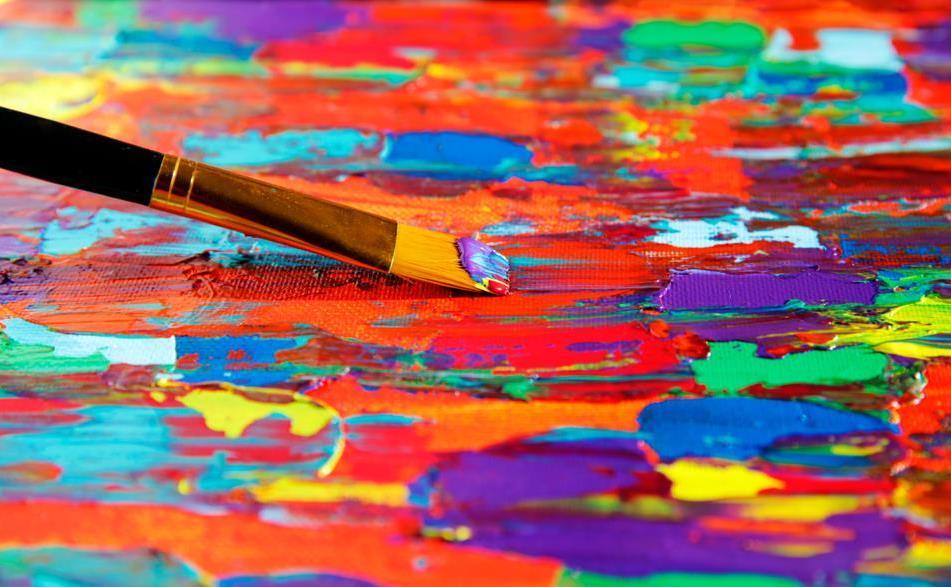Engaging in cultural and creative activities makes people less lonely, results in better physical and mental health, and leads to a happier and healthier old age, according to a new report produced by independent think tank A New Approach (ANA).
The report, Transformative: Impacts of Culture and Creativity, adds to the growing body of evidence in Australia and internationally which demonstrats the substantive benefits of arts and culture.
It also highlights a number of issues facing Australians every day, including reputable qualitative findings which demonstrate that nearly 50% of people feel society is broken and 36% feel like a stranger in their own communities.
In light of these findings, said ANA Program Director, Kate Fielding, the think tank’s new report provides strong evidence that arts and culture can be ‘truly transformative.’
She added: ‘This report provides an abundance of evidence that culture and creativity inspire and enable meaningful change across some of our biggest public policy challenges, both for individuals and communities.’
Transformative: Impacts of Culture and Creativity explores how investing in culture affects seven broad aspects of Australians’ lives: society and place; the economy; innovation; health and wellbeing; education and learning; international engagement and how engaging with creativity builds a strong cultural life across the nation.
‘Engaging with arts and culture has successfully influenced and transformed all seven areas: by building stronger, more cohesive communities, growing our GDP and driving innovation, improving physical, mental and emotional health outcomes, lifting educational standards, and enhancing trade and diplomatic relations,’ said Fielding. ‘It’s also an area of higher-than-average job growth.’
GROWING BODY OF EVIDENCE
ANA’s report follows on the heels of several similar local studies commissioned by small to medium performing arts companies, including Cirkidz (SA), Barking Gecko (WA) and Australian Theatre for Young People (NSW).
Investigation of Cirkidz’s Tweenz program by the University of South Australia showed that young people’s engagement with circus arts show resulted in significant improvements in four areas of mental wellbeing: stress relief, self-esteem, confidence and socialisation.
Barking Gecko’s study, conducted in partnership with arts research agency Patternmakers and released earlier this year, showed marked reduction in anxiety levels among children aged five to 17 who participated in theatre programs.
Read: How circus and theatre support young people’s mental health
Similarly, young people participating in theatre programs run by Australian Theatre for Young People (ATYP) also reported increases in self-confidence and resilience while also helping to decrease anxiety levels.
ATYP Artistic Director Fraser Corfield told ArtsHub in 2017: ‘I think what’s really interesting about our statistics is these are not programs that have been built and designed to address young people’s mental health; this is just drama activities. It’s just getting young people in a room and talking about whatever they want to talk about and building a show, and as a side effect it’s having these kinds of impacts.’
Read: Value of the arts demonstrated in new Australian study
LAGGING BEHIND
Fielding said that despite the evidence contained within ANA’s new report, and the fact that many people are engaged in cultural activities, Australia is yet to fully utilise the profound benefits of art and culture.
‘While the report shines a light on some of Australia’s biggest present-day challenges and the evidential benefits derived from a “cultural fix”, there is currently no clear mapping of the benefits of arts and culture across policy portfolios, and no mechanism through which to encourage strategic investment to advance the positive impacts,’ she said.
‘If Australians are to enjoy the benefits of enhanced creative and cultural activity, it will require commitment, courage and collaboration from all stakeholders, including philanthropists, businesses, non-government organisations, creators and consumers, as well as all levels of government.’
The latest Australian Bureau of Statistics data shows that almost every Australian engages in some way with art and culture, with 82.4% regularly attending cultural events and venues. This demand is a significant economic driver in Australia, with households spending more than $25 billion each year on cultural goods and services, while 600,000 people work in Australia’s creative and cultural economy.
The ANA report contends that with a strategic and coordinated effort, Australia has an opportunity to enrich its cultural fabric and become a happier, healthier, smarter, wealthier and more cohesive country.
In line with this call to action, the report puts forward seven ‘options for consideration,’ outlining opportunities for stakeholders to engage with the seven challenges identified in Transformative: Impacts of Culture and Creativity.
These include:
- A broad multi-government inquiry to map current impact and investment in culture, and identify areas where we could invest more effectively;
- Identifying Australia’s areas of comparative advantage, where new investment in the creative, cultural and digital sectors will help diversify our economic base and address our substantial trade deficit in creative goods and services;
- Prioritising research and investment in Australia-specific trials, recognising the positive impacts of arts and culture interventions in treating loneliness and dementia;
- Identifying new areas for investment in arts and culture activities that encourage greater social inclusion and cohesion;
- Supporting research that explores the impact of arts and culture on students’ academic performance;
- Ensuring arts and culture are central pillars for Australia’s soft power diplomatic activities; and
- Prioritising initiatives that will boost arts and culture activity in regional and remote Australia, enhancing economic diversification, community wellbeing and population attraction and retention in these areas.
ANA was established in 2018 to champion effective investment and return in Australian arts and culture. It was created through a $1.65 million commitment by The Myer Foundation, the Tim Fairfax Family Foundation and the Keir Foundation, under lead delivery partner, the Australian Academy of the Humanities.






